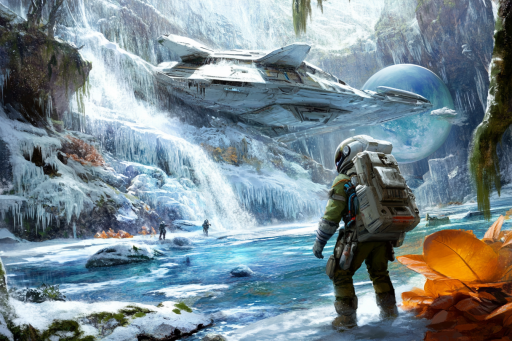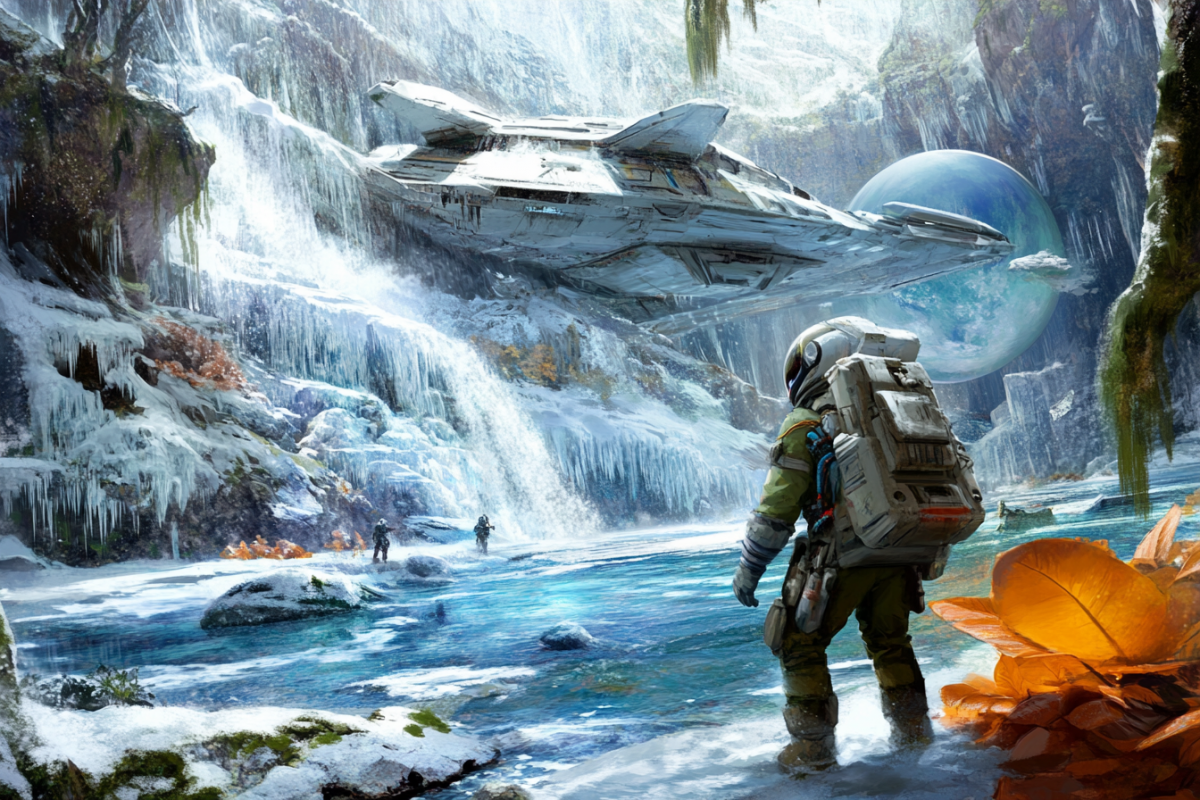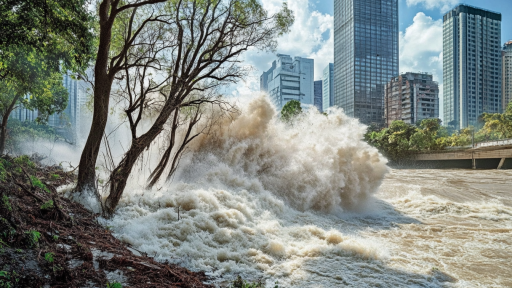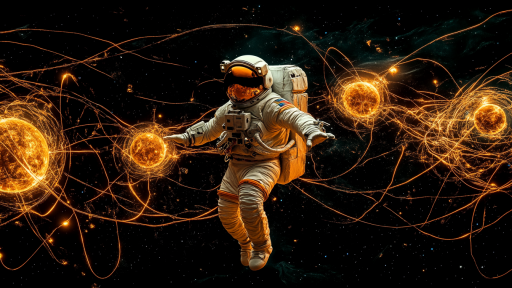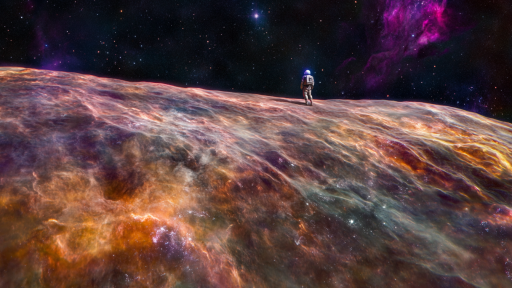
Throughout history, explorers have risked their lives to venture into the unknown, braving extreme conditions and impossible odds. Some sought fame, others chased knowledge, and a few simply had an unshakable need to push beyond the boundaries of the known world. Along the way, they uncovered lost civilizations, hidden wonders, and mysteries that defied belief. These dangerous expeditions reveal that the greatest discoveries often come with the highest stakes.
Shackleton’s Antarctic Nightmare – The Endurance Expedition

In 1914, Ernest Shackleton set out to cross Antarctica, but his ship, Endurance, became trapped in ice and was slowly crushed. Stranded on the frozen continent, Shackleton led his crew on a desperate survival journey, trekking across glaciers and sailing through the frigid ocean for over a year. Against all odds, every crew member survived, making this one of the most harrowing yet inspiring survival stories in history. The discovery wasn’t a new land—it was the limits of human endurance.
Percy Fawcett and the Lost City of Z

British explorer Percy Fawcett disappeared deep in the Amazon jungle while searching for a lost civilization he called the “City of Z.” Facing venomous creatures, hostile tribes, and disease, he believed the ruins of an advanced society were hidden in the rainforest. Neither he nor his team were ever seen again, but modern discoveries of vast, ancient settlements in the Amazon suggest he may have been right all along. His fate remains one of history’s greatest unsolved mysteries.
Apollo 13 – The Moon Mission That Became a Fight for Survival

What was meant to be a routine moon landing turned into a desperate battle to return home when an oxygen tank exploded on Apollo 13. The crew, stranded in deep space, had to improvise solutions with dwindling supplies while engineers on Earth scrambled to bring them back. Against all odds, they survived, proving human ingenuity can overcome even the deadliest of disasters. This mission may not have reached the Moon, but it uncovered the true power of teamwork under pressure.
The Search for the Titanic – A Graveyard at the Bottom of the Sea

For decades, the wreck of the Titanic was lost to the deep, its exact location unknown. In 1985, Dr. Robert Ballard led an expedition using advanced underwater technology to finally find the legendary ship. The discovery revealed a haunting, preserved time capsule two miles below the ocean’s surface, where personal belongings and ship fragments told stories frozen in time. But the mission wasn’t just about history—it also uncovered chilling proof of how nature reclaims even the greatest human achievements.
Thor Heyerdahl’s Kon-Tiki Voyage – Proving Ancient Travel Was Possible

Norwegian explorer Thor Heyerdahl set sail in 1947 on a hand-built raft, determined to prove that ancient South Americans could have reached Polynesia by sea. With nothing but wind and ocean currents, he and his crew traveled 4,300 miles across the Pacific. After 101 days, they reached their destination, proving that early civilizations may have been far more advanced at seafaring than previously thought. What began as a risky experiment ended up rewriting history.
The Cave That Holds the Deepest Secrets – Krubera Cave

Krubera Cave, the deepest known cave on Earth, has been explored to depths exceeding 7,200 feet—an underground journey so extreme that only the most experienced divers and climbers dare attempt it. Explorers must navigate tight, flooded tunnels, plunging deeper into darkness where no sunlight has ever reached. In its depths, scientists have uncovered strange, undiscovered species, proving that life can thrive even in the most extreme conditions. The deeper they go, the more mysteries they uncover.
The Deadly Summit – Everest’s Dark Secrets

Mount Everest is the ultimate challenge for climbers, but the journey to its summit is fraught with deadly risks—freezing temperatures, avalanches, and oxygen-starved air. Along the way, climbers pass frozen bodies of those who didn’t survive, eerie reminders of the mountain’s merciless nature. Despite its dangers, Everest remains a place of discovery, where human limits are tested and the frozen landscape reveals clues about Earth’s changing climate. Conquering it is both a physical and psychological battle.
The Expedition That Found the Deepest Point on Earth

In 1960, Jacques Piccard and Don Walsh descended into the Mariana Trench’s Challenger Deep, nearly seven miles below the ocean surface. The crushing pressure at this depth was thought to make life impossible, yet they discovered strange, otherworldly creatures thriving in the darkness. The journey revealed that even the most inhospitable places on Earth might hold unknown ecosystems. The deep sea remains one of the last great unexplored frontiers on our planet.
Roald Amundsen’s Race to the South Pole

Norwegian explorer Roald Amundsen made history by becoming the first person to reach the South Pole in 1911. He and his team used sled dogs and expert navigation to survive the deadly cold, beating the rival British team led by Robert Falcon Scott. While Amundsen returned a hero, Scott and his men perished on the return journey. The brutal conditions revealed the unforgiving nature of Antarctica—and the razor-thin line between success and tragedy.
The Darien Gap – The Most Dangerous Jungle Crossing

The Darien Gap is a dense, lawless jungle between Panama and Colombia, known for its treacherous terrain, deadly wildlife, and hidden dangers. Few dare to cross it, as thick swamps, venomous creatures, and criminal organizations make it one of the most dangerous places on Earth. Yet explorers and adventurers have attempted to map its secrets, uncovering lost tribes, undiscovered species, and evidence of ancient civilizations. It remains one of the last true wild frontiers.
The Mystery of the Franklin Expedition

Sir John Franklin’s 1845 expedition to find the Northwest Passage ended in disaster when his two ships became trapped in Arctic ice. His crew vanished, leaving behind cryptic clues of starvation, cannibalism, and desperation. Over a century later, modern explorers finally discovered the wrecks of HMS Erebus and HMS Terror, frozen in time beneath the Arctic waters. Even today, the full story of what happened remains one of history’s greatest maritime mysteries.
The Longest Solo Journey in Human History

Cosmonaut Valeri Polyakov holds the record for the longest continuous time spent in space—437 days aboard the Mir space station. In the weightless void, he studied the effects of long-term space travel on the human body, providing critical data for future missions to Mars. Isolated from Earth, he faced the psychological and physical challenges of deep space like no one before him. His journey proved that humans could survive extended space travel—but at a great cost.
The Forgotten World of Movile Cave – A Hidden Ecosystem Untouched by Time

Deep beneath Romania lies Movile Cave, a place sealed off from the outside world for over five million years. With toxic air, complete darkness, and a unique ecosystem that relies on chemosynthesis instead of sunlight, it is one of the most alien environments on Earth. Scientists who have ventured inside discovered never-before-seen species thriving in an underground world unlike anything else. The expedition to Movile Cave revealed that even in the most inhospitable places, life finds a way.
Into the Unknown – What Awaits the Next Great Explorers?

The most dangerous expeditions in history have revealed new lands, ancient civilizations, and the limits of human endurance. Yet the world—and beyond—is still full of uncharted places waiting to be explored. Whether beneath the ocean, deep in the jungle, or out in the vastness of space, the next great discovery could be just beyond the horizon. The question remains—who will dare to uncover what lies ahead?

